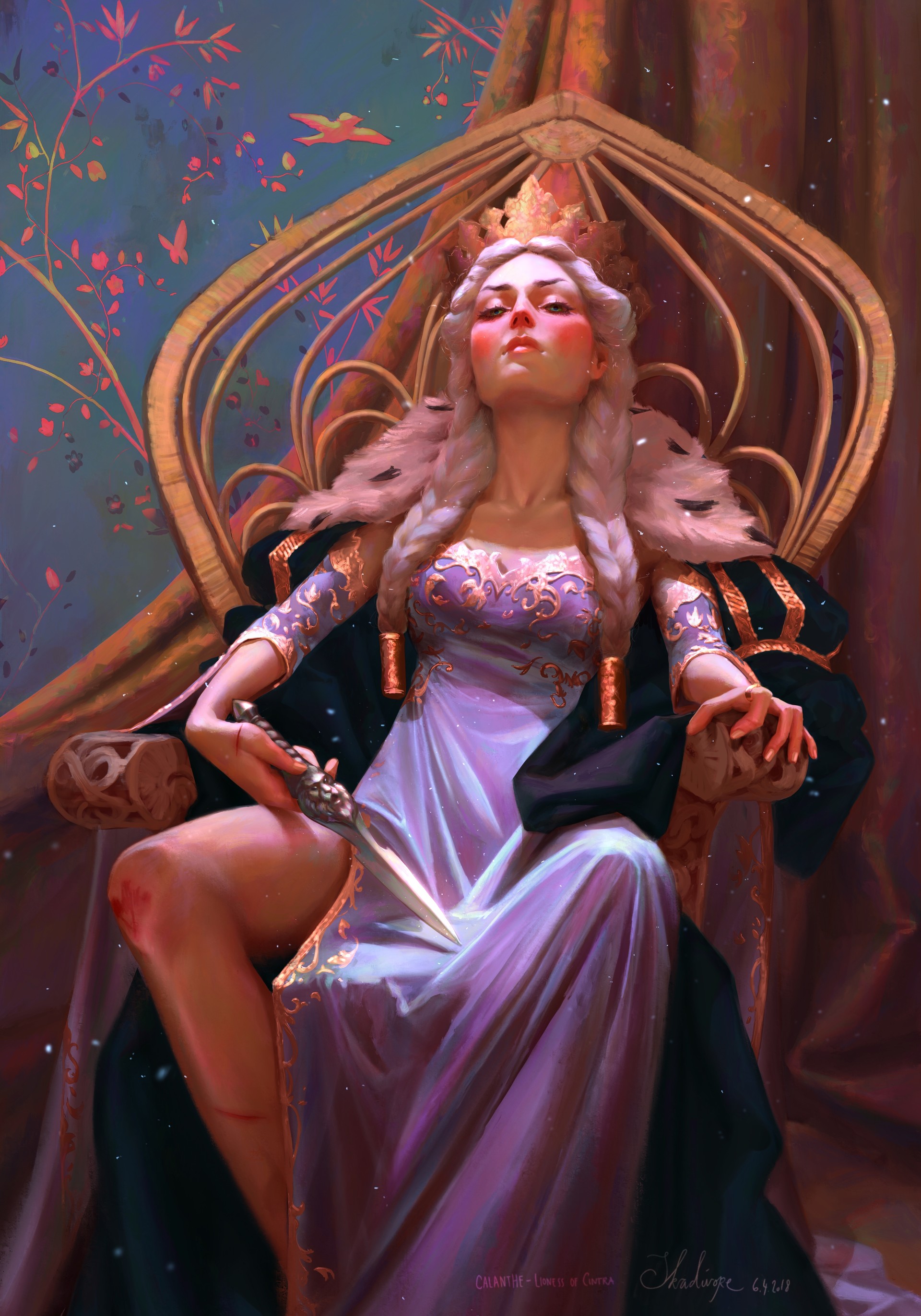Hi lads and lasses
It has been a ride. I have come so far and today I would like to reflect on my the last years. I have chosen to do the last years as Newcastle college and grafisch lyceum were equally important for my growth as a designer/ illustrator.
Grafisch lyceum Rotterdam:
In 2016 I was lucky enough to be accepted on grafisch lyceum Rotterdam. In this first year, I was able to learn a lot about the needed equipment for a designer and how the field works. I also got a few software classes but they mostly focussed on getting to know the field.
In my second year, it was all software. This was the heaviest year at the school. The education only existed out of 3 years, and the last one was doing a year internship. The second-year i learned all my skills for Photoshop, Indesign and illustrator. Besides working on the digital software we got traditional classes where I learned to work with graphites, paints, conceptual art and printing techniques. This class, however, was given only a small part compared to my software classes.
The second-year was very stressful and I had many breakdowns. The school puts a lot of pressure on their students and that can be considered a bad thing, but I learned a lot. One can say Grafisch lyceum lives of the soul of its students.
The third-year was much more relaxed. Because of the many breakdowns, I had in the second year my whole attitude changed. I decided to never let it come so far gain, and chose my well being over anything. Getting an internship was hard. Lots of students had trouble finding one. My internship started at Chefstudio. It was a marketing and sales company located in Spijkenisse and it focussed on restaurants. The company’s goals were very interesting and I could find myself working there. The owner, on the other hand, was very corrupted. He promised things he couldn’t make true and scammed people as well. Besides doing these things, he was also very mean to the employees and this has resulted in me going to the Government to talk about his doings. (In the Netherlands you have to be licenced by the government to hire interns.) His licence then got removed and we were released early. Even though this was a stressful situation I kept my head cool and searched for a new internship. I found one at Doe Het Selfie Box and it ha been amazing ever since! I still work as a head graphic designer and they taught me many tricks in the field of design. I ould also add my knowledge and it felt good having an influence on something.
While I was doing these internships, I also followed the honours program and briding course. These classes helped me get into 4 different schools including Newcastle College.
After my graduation ceremony at Grafisch Lyceum Rotterdam, I took the leap and moved to Newcastle Upon Tyne.
Going to Newcastle was scary. I did not know Amber and Eva were also joining me until the first day of school. It was even funnier when we found out we lived in the same building! Being in a different country with different manners has been hard. Especially in the beginning. Besides understanding Georgie’s accent and the English language, The whole way of speaking to each other was different than in the Netherlands. I had to adapt to all these changes and learn how to work with them. Having tutors like David around is then very helpful.He made me feel at home and helped me get the grades that I wanted. I was able to develop new skills working with the risograph, relief printer, Stickermachine, screen printing and much more. Besides these technical skills, I finally managed to learn how to work closer to an interesting and meaningful image. I struggled a lot with creating beautiful, but meaningless artworks. This was bothering me for a while but I never knew how to change it. David and other students have been an excellent help for me! This is something I will take with me as an illustrator and like to develop further.
As only drawing cute pictures was not enough, the blog posts were also very hard. I was not used writing in academic English and had many struggles. working closer with my tutors and classmates has helped me improve my English and reflect on my own practice. This is something that took a long time for me to understand. I always knew why I would be doing something, but never knew how to reflect on that and maybe make a better decision.
Newcastle college did not only make me grow as an artist but especially as my own individual. I have found how I am here, and what is next for me. Newcastle College was able to open doors for me and create a path of my liking! The one thing I learned and value the most is to never give up. It takes something to get something and by giving it my all I hope to slowly conquer the world!













